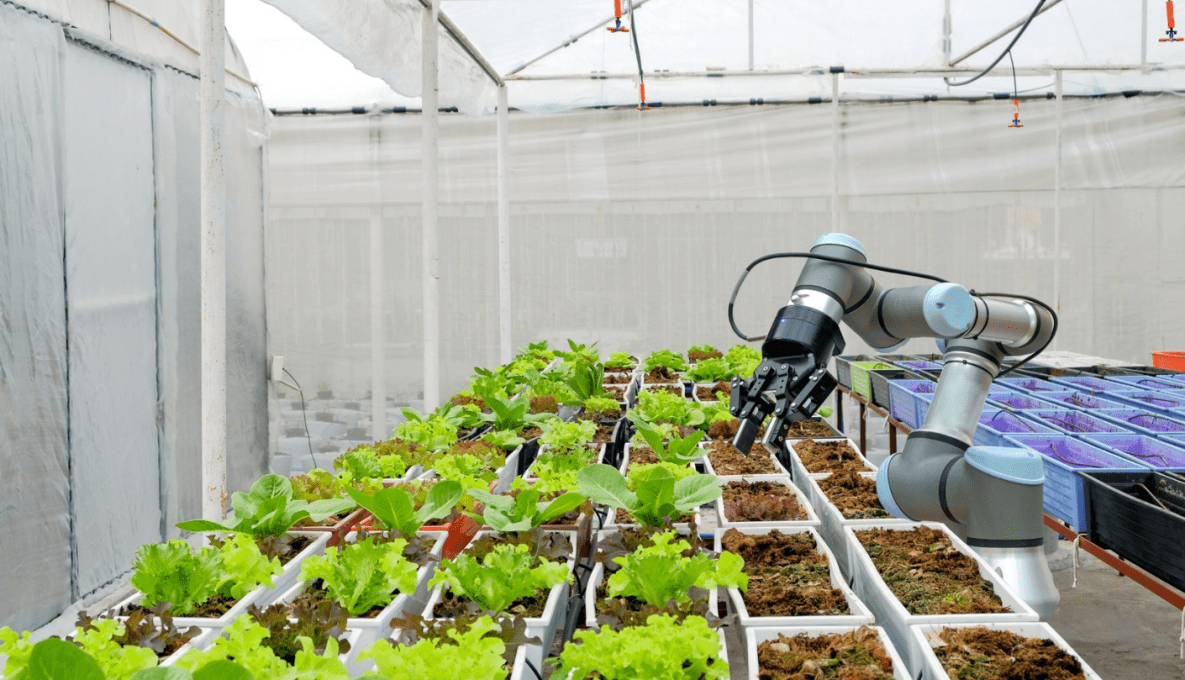
How to Integrate Robotics in Agriculture Applications?
As technology advances, the agricultural industry is evolving with the integration of robotics. These advanced machines are designed to perform various tasks autonomously, improving efficiency and productivity in farming operations. In this article, we will explore how to effectively incorporate robotics in modern agriculture.
Benefits of Robotics in Agriculture:
- Increased efficiency: Robots can work around the clock without the need for breaks, resulting in higher productivity levels.
- Precision farming: Robots can perform tasks with high precision, leading to better crop yields and reduced waste.
- Cost-effective: While the initial investment in robotics may be high, the long-term savings in labor costs and increased productivity make it a cost-effective solution.
- Sustainability: By using robots for tasks such as planting, weeding, and harvesting, farmers can reduce the use of chemicals and fertilizers, making their operations more environmentally friendly.
Steps to Integrate Robotics in Agriculture Applications:
- Assess your needs: Identify the tasks that can be automated and would benefit from the use of robotics.
- Research available options: Look into the different types of robots available for agricultural use, such as drones, autonomous tractors, and robotic arms.
- Invest in the right equipment: Choose the robots that best suit your needs and provide training to your staff on how to operate them.
- Integrate robotics into your workflow: Start by incorporating robots into one aspect of your operations and gradually expand their use as your team becomes more comfortable with them.
- Monitor and evaluate: Keep track of the performance of the robots and make adjustments as needed to optimize their efficiency.
By following these steps and embracing the use of robotics in agriculture, you can take your farming operations to the next level. With increased efficiency, precision, and sustainability, you will see improved results and greater success in the agricultural industry.
Was this helpful?
0 / 0